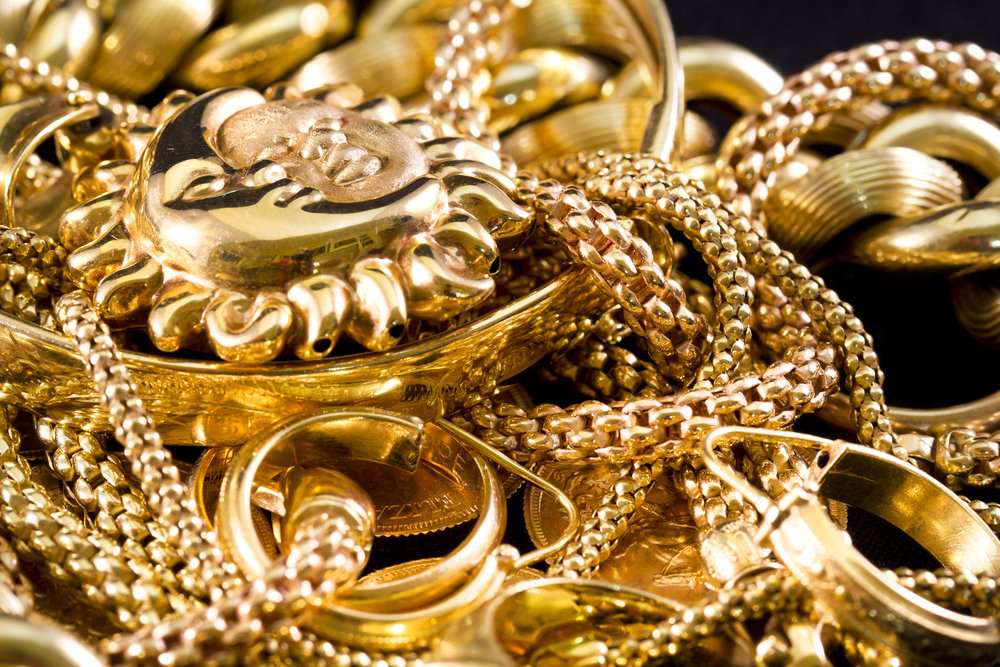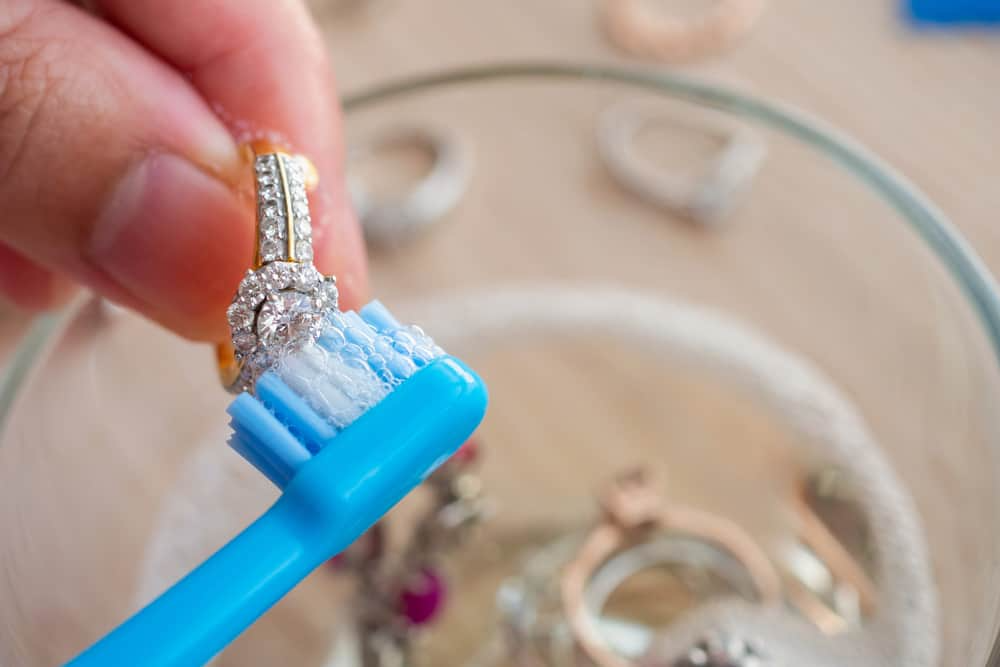
Oro Laminado vs. Vermeil Jewelry
Oro Laminado (Gold-Plated) and Vermeil are both types of gold-coated jewelry, but they differ significantly in terms of their composition, quality, and durability. Here’s a breakdown of the differences between the two:
Oro Laminado (Gold-Plated)
**1. Composition:
- Oro Laminado: This jewelry features a thin layer of gold applied over a base metal, such as brass or stainless steel, through a process called electroplating. The gold layer is usually quite thin, ranging from a few microns to several microns in thickness.
**2. Gold Content:
- Oro Laminado: The gold content is minimal and only on the surface. The base metal underneath does not have any significant value or composition related to gold.
**3. Durability:
- Oro Laminado: Because the gold layer is thin, it can wear off over time, especially with frequent use or exposure to harsh conditions. The base metal underneath can become exposed as the gold layer deteriorates.
**4. Cost:
- Oro Laminado: Generally, it is more affordable than Vermeil and solid gold due to the thinness of the gold layer and the use of less expensive base metals.
**5. Maintenance:
- Oro Laminado: Requires careful handling and cleaning to avoid tarnishing and to preserve the appearance of the gold layer. It is less durable and may need to be replaced or recoated over time.
Vermeil
**1. Composition:
- Vermeil: This is a specific type of gold-plated jewelry where the gold layer is applied over sterling silver, rather than a base metal. The gold is typically applied through a process of electroplating or a similar technique.
**2. Gold Content:
- Vermeil: Requires a thicker layer of gold compared to standard gold-plated jewelry. Specifically, Vermeil must have a gold layer that is at least 2.5 microns thick. Additionally, Vermeil is usually made with gold that is at least 10 karats (41.7% pure gold).
**3. Durability:
- Vermeil: More durable than regular gold-plated jewelry because of the thicker gold layer and the use of sterling silver as the base metal. This combination makes it less likely to tarnish and more resistant to wear over time.
**4. Cost:
- Vermeil: Typically more expensive than standard gold-plated jewelry but less expensive than solid gold. The cost reflects the higher quality of the base metal (sterling silver) and the thicker gold layer.
**5. Maintenance:
- Vermeil: Requires regular cleaning to maintain its shine, but it is generally more resistant to tarnishing compared to standard gold-plated jewelry. Proper care can help preserve its appearance for a longer period.
Key Differences
-
Base Metal:
- Oro Laminado: Base metal can be brass, copper, or stainless steel.
- Vermeil: Base metal is always sterling silver.
-
Gold Layer Thickness:
- Oro Laminado: The gold layer is usually thinner.
- Vermeil: Requires a gold layer of at least 2.5 microns thick.
-
Gold Purity:
- Oro Laminado: The purity of the gold layer can vary, and there are no strict regulations.
- Vermeil: The gold used must be at least 10K (41.7% pure gold).
-
Durability:
- Oro Laminado: Less durable due to a thinner gold layer.
- Vermeil: More durable due to a thicker gold layer and a high-quality base metal.
-
Cost:
- Oro Laminado: Generally more affordable.
- Vermeil: Typically more expensive due to the quality of materials and gold layer thickness.
Conclusion
While both Oro Laminado and Vermeil offer the appearance of gold at a lower cost than solid gold, Vermeil provides higher quality and durability due to its thicker gold layer and sterling silver base. Oro Laminado, on the other hand, is a more budget-friendly option but may not last as long and can wear off more quickly. Understanding these differences can help you choose the option that best fits your needs and preferences.



Leave a comment
This site is protected by hCaptcha and the hCaptcha Privacy Policy and Terms of Service apply.